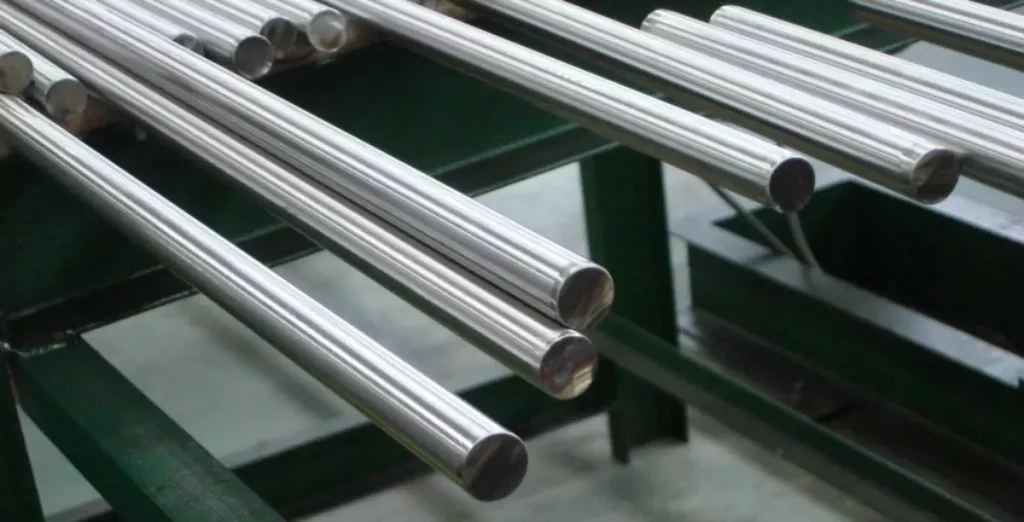Predictive maintenance is a proactive maintenance strategy that utilizes data analysis tools and techniques to monitor the condition of equipment and predict when maintenance should be performed.
Traditionally, maintenance schedules are based on fixed intervals or the occurrence of failures, leading to potential downtime and unnecessary maintenance costs.
With predictive maintenance, AI and machine learning algorithms analyze historical and real-time data to predict equipment failure before it happens. This approach allows maintenance teams to schedule repairs and replacements only when necessary, optimizing resources and minimizing disruptions.
AI plays a crucial role in enhancing the accuracy and efficiency of predictive maintenance by processing large datasets and identifying patterns that indicate potential failures. By leveraging AI, organizations can transition from reactive to proactive maintenance strategies.
Benefits of ai in predictive maintenance
Implementing AI-driven predictive maintenance offers several benefits to organizations across various industries. One of the primary advantages is cost savings. By reducing unexpected breakdowns and optimizing maintenance schedules, businesses can lower repair costs and extend the lifespan of their equipment.
Furthermore, AI enables predictive maintenance to be more precise and timely. Algorithms can detect subtle changes in equipment performance that may indicate underlying issues, allowing maintenance teams to intervene before a major problem occurs.
Another significant benefit is improved operational efficiency. With AI monitoring equipment condition in real-time, organizations can streamline maintenance processes and allocate resources more effectively. This leads to increased uptime and productivity.

Challenges and considerations
Despite its advantages, implementing AI in predictive maintenance poses several challenges. One common issue is data quality and accessibility. AI algorithms rely on accurate and comprehensive data to make reliable predictions, necessitating proper data collection and integration.
Another challenge is the initial investment required for AI implementation. Organizations need to invest in technology infrastructure, including sensors, data storage, and AI platforms. However, the long-term benefits often outweigh the initial costs.
Additionally, there is a learning curve associated with adopting AI-driven predictive maintenance. Training personnel to understand and utilize AI tools effectively is essential for successful implementation and maintenance optimization.
Future trends in ai and predictive maintenance
The future of AI in predictive maintenance is promising, with ongoing advancements in machine learning and IoT (Internet of Things) technology. AI algorithms are becoming more sophisticated, capable of analyzing complex data sets and providing more accurate predictions.
Integration with IoT devices allows AI to gather real-time data from sensors embedded in equipment, further enhancing predictive capabilities. This real-time monitoring enables continuous assessment of equipment health and immediate alerts for potential issues.
Moreover, AI-driven predictive maintenance is evolving towards predictive analytics, where algorithms not only predict failures but also prescribe actions to optimize maintenance strategies proactively – https://automee.digital.
In conclusion, AI is revolutionizing predictive maintenance by enabling organizations to shift from reactive to proactive strategies. By harnessing the power of AI and machine learning, businesses can improve equipment reliability, reduce downtime, and optimize maintenance resources.
While challenges such as data quality and initial investment exist, the benefits of AI-driven predictive maintenance outweigh these obstacles. As technology continues to advance, the future promises even greater integration of AI and predictive analytics, transforming maintenance practices across industries.
Ultimately, embracing AI in predictive maintenance is not just about adopting new technology but reaping the rewards of smarter, more efficient maintenance practices that drive operational excellence.
